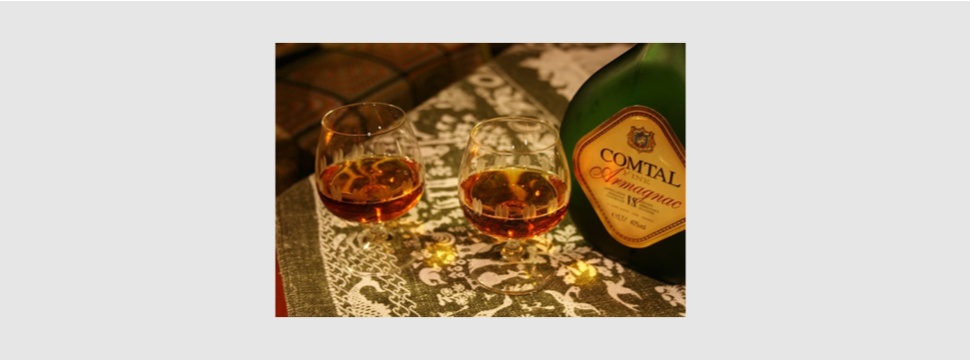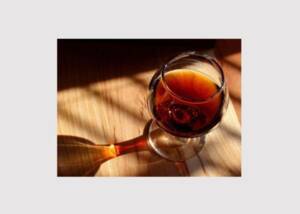Armagnac - brandy with prestige problems
News News blog
Armagnac is a protected designation of origin for brandy produced in Gascony, France. Armagnac is the oldest known French spirit and controlled designation of origin under the European definitions of spirits.

Armagnac is also known as the little brother of the more famous Cognac. However, Cognac production only dates back to the 17th century, while Armagnac distilling was documented as early as 1461, when a distillery was authorized to produce it in the area that is now the Landes department.
The basis for Armagnac is white wines, and only ten grape varieties are permitted. The vines must be at least five years old before their grapes can be used for the first time. The base wine is prepared according to traditional rules - neither sulfur dioxide nor sugar may be added, and decanting is prohibited during the fermentation process.
Unlike Cognac, Armagnac is not double distilled, but distilled in a single pass. The minimum alcohol content is 40 percent by volume.
It is stored in barrels of 225 to 420 liters, made of the typical Gascon black oak. For the Armagnac, new barrels are used for each harvest. Once the Armagnac reaches the right age - at least one year, but usually six to eight years - it is bottled in the traditional bulbous bottle with the long neck.
Prestige issues
The high quality, the artisanal production, the strict regulation, the export to 132 countries and the much lower production volume in contrast to Cognac - actually Armagnac seems to be rather a luxury brandy.
But after World War 2, Armagnac was particularly sought after and in demand, which led to a decline in quality. This still reverberates in the minds of consumers, who view Armagnac as "inferior Cognac."










